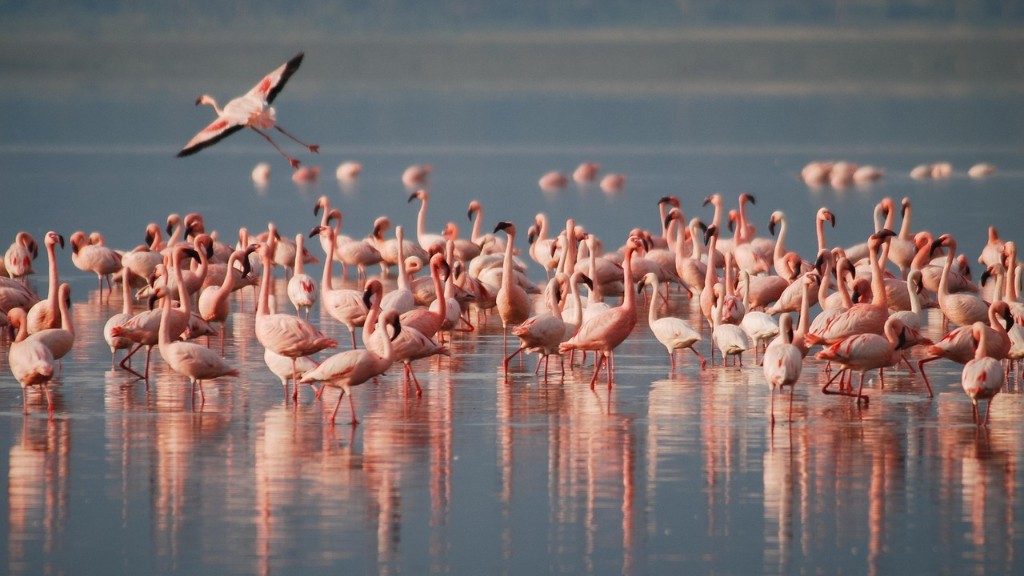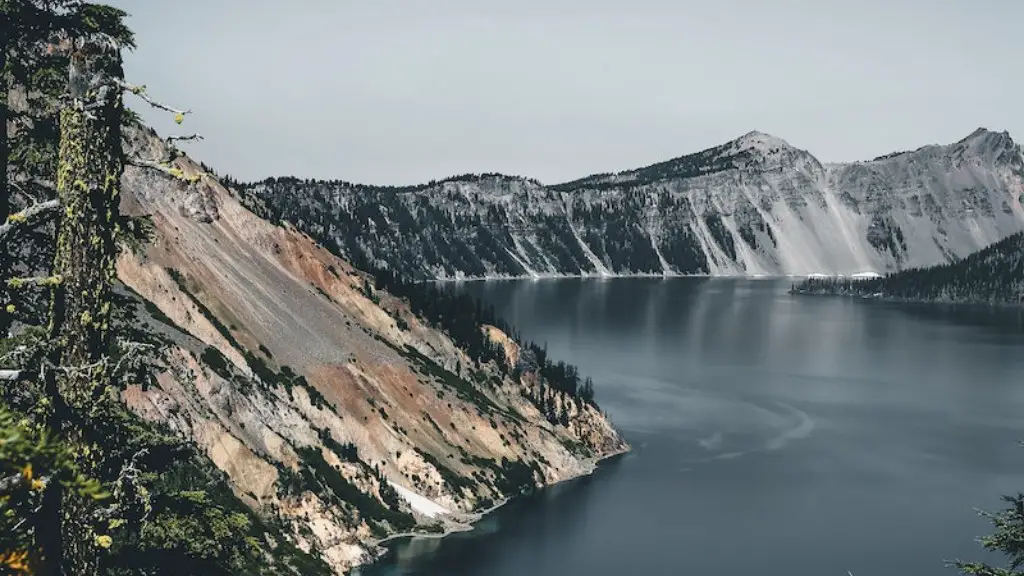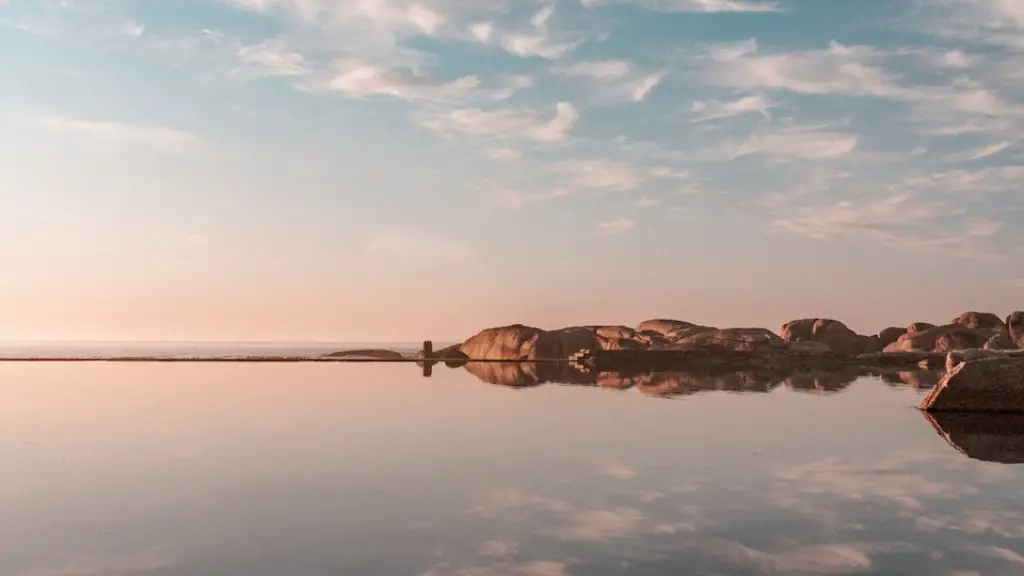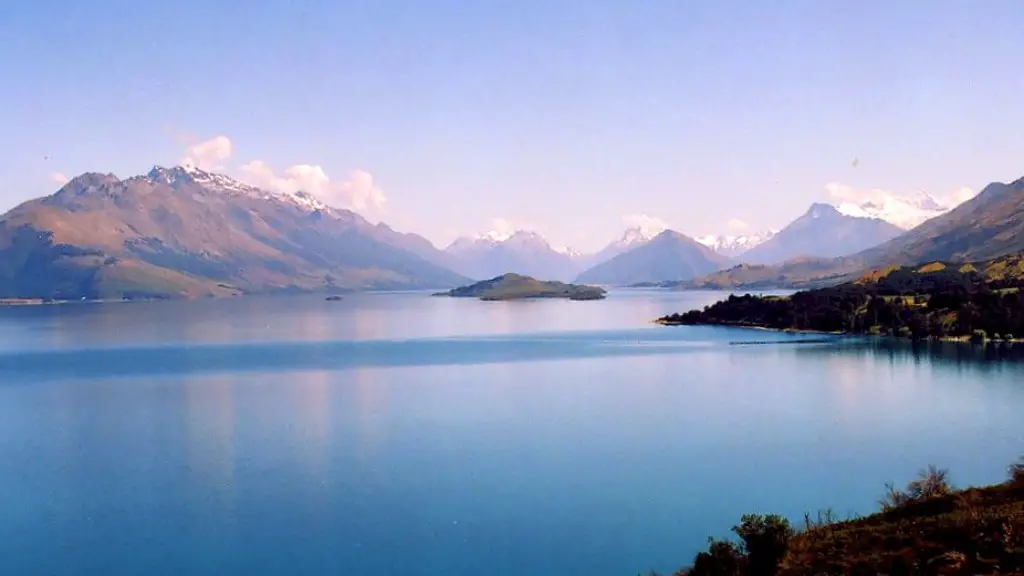The World’s Largest Freshwater Lake
Lake Baikal is the largest freshwater lake in the world, located in the Russian region of Siberia. Spanning more than 31,000 square kilometres (12,000 square miles) of area and holding some of the purest and clearest water, the lake harbours an rich array of wildlife, including thousands of fish species and mammals. Its expansive size and its varied depths are a remarkable feat of nature that’s drawn the attention of scientists and travellers alike.
A Geographical Monster
At an average depth of 744 metres (2,442 feet), Lake Baikal is an immense reservoir of fresh water. To put its size into perspective, it’s nearly five times larger in area than the largest of the American Great Lakes (Superior). Plus, it’s 636 metres (2,087 feet) deeper than the deepest point of the Great Lakes (Superior). To put this into further context, the Mariana Trench in the Pacific Ocean is only 11 kilometres (6.8 miles) deep – so Baikal doesn’t only have the distinction of being the deepest lake in the world, it’s also one of the deepest parts of the planet.
Preserving and Studying Lake Baikal
The exceptional size and depth of Lake Baikal have made it one of the most crucial sites for environmental protection and scientific study. It’s already a World Heritage Site listed by UNESCO, and the regulations and restrictions that were set in place by surrounding countries have been applied to ensure the continuous protection and monitoring of the lake’s important ecosystem.
The institutions running Lake Baikal studies are located in Russia, the United States, and Sweden, and they invite participants from all over the world come and explore the lake, its inhabitants, and species.
Unique Variety of Species
Lake Baikal is known for its unique variety of fish and mammal species – including more than 3,500 species of animals. Those species are endemic to Baikal, and do not inhabit any other lake in the world – meaning that the lake’s entire ecology is highly sensitive to any sort of outside pollution. That’s why all of the countries neighbouring the lake recognize the importance of its purity and welfare, and why it has been granted such strong protection from the international scientific community.
The most well-known of the species living in Baikal is the nerpa, a freshwater seal with distinctive black-and-white markings. Also called the Baikal Seal, it’s a curious and endearing mammal, often seen playing on the lake’s surface. Apart from nerpa, the lake is an excellent destination for bird watching, containing over 300 species of migrating and nesting birds.
A Place of Wonders and Beauty
A great allure of Lake Baikal is its treacherous beauty – and all of the secrets that the lake holds. Its varied, changing landscapes, shaped by the movements of the ice, are an awe-inspiring sight to see. Having been around for 25 million years, it offers a spectacular view of the Earth’s tectonic movements over time and the remarkable stability of the area, despite the constant shifts.
But the beauty of Lake Baikal extend beyond the geological marvels: incredible sunsets over the lake, the swirling mountains merging with the horizon, and a view of the horizon like never before can all make for an incredible getaway. It truly is an extraordinary place for exploration and an experience like no other.
Unveiling Many Wonders of Nature
Lake Baikal may be one of the most extraordinary places on the planet, with its richly unique system containing unique flora and fauna. But despite the knowledge shared by scientists and travellers, the lake still retains many secrets. The beauty of the lake, both above and below its surface, is a testament to the wonders of nature and its immense capacity to invent and surprise us.
It’s no wonder then why Lake Baikal – with its vast expanse of clear, clean water, its multitude of species, and its uniqueness – fascinates both the lives of creatures and the minds of scientists. As one of the most important resources of the planet, it’s sure to remain a source of awe and wander for many years to come.
A Preserve of Biological Remarkable Diversity
Lake Baikal boasts an incredible diversity of biological life, with over 1000 species of vertebrates. The lake’s history of geological movement and millennia of isolation have created a kind of ‘Laboratory of Evolution’ – where species have gone through a distinct process of adapting and evolving to fill the niche within their confined environment.
In recent years, scientists have been putting more emphasis on researching the aquatic fauna of the lake, hoping to unlock the secrets of its evolutionary history. And the results have been remarkable: in 2015, researchers identified over 200 fish species from Baikal’s depths, many of which were entirely new to science.
A Home for the Local People
The lake is an invaluable resource to the local people, providing food, water, transport routes, and many different employment opportunities for local fishermen, sailors, scientists and researchers. Over the years, the communities located near the lake have even developed their own distinct culture, turning it into a precious and invaluable resource.
Lake Baikal is a unique geographical wonder of the world and a global treasure. The fragile wildlife inhabiting it should be cherished and protected, and its special qualities should be celebrated and shared by all.



